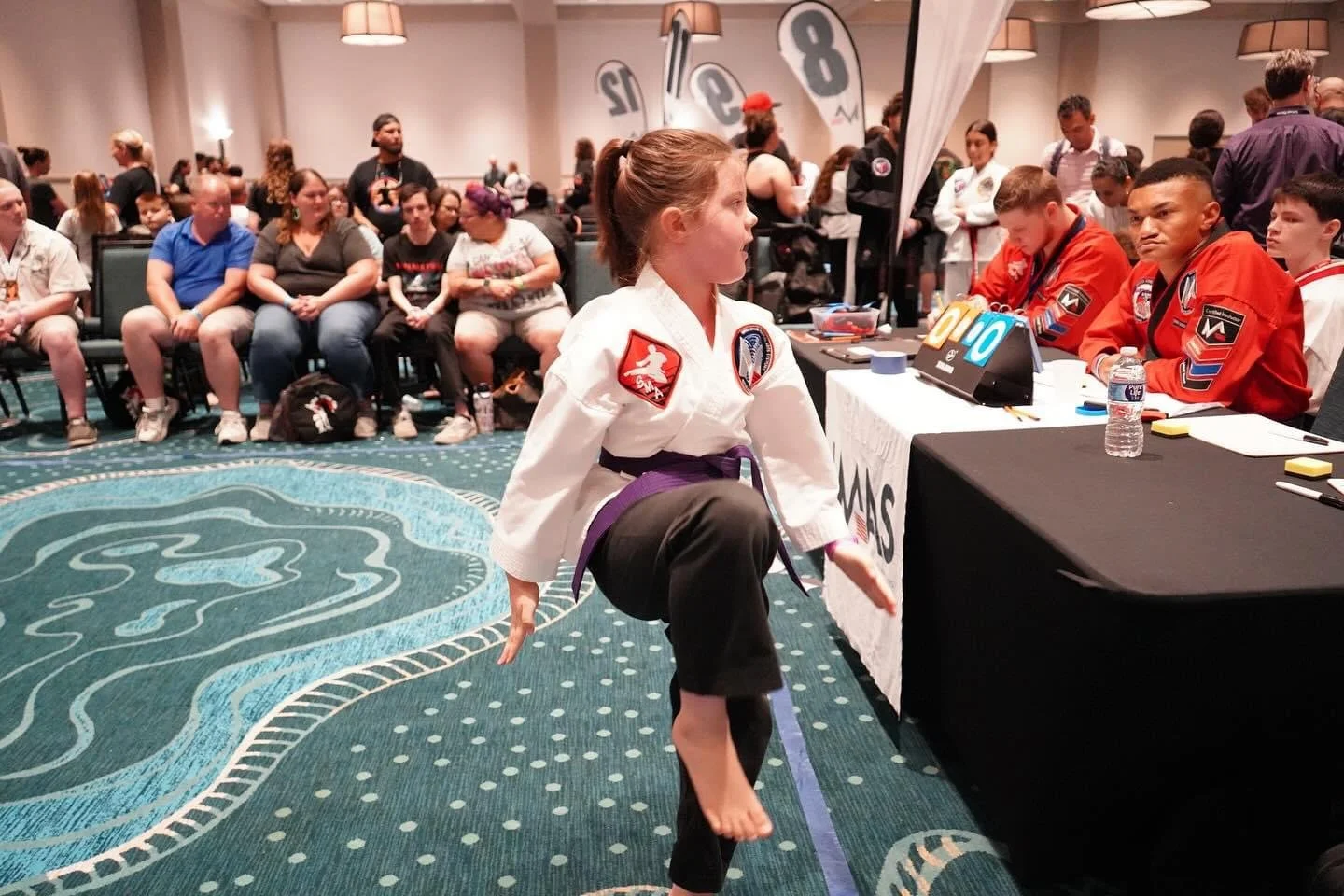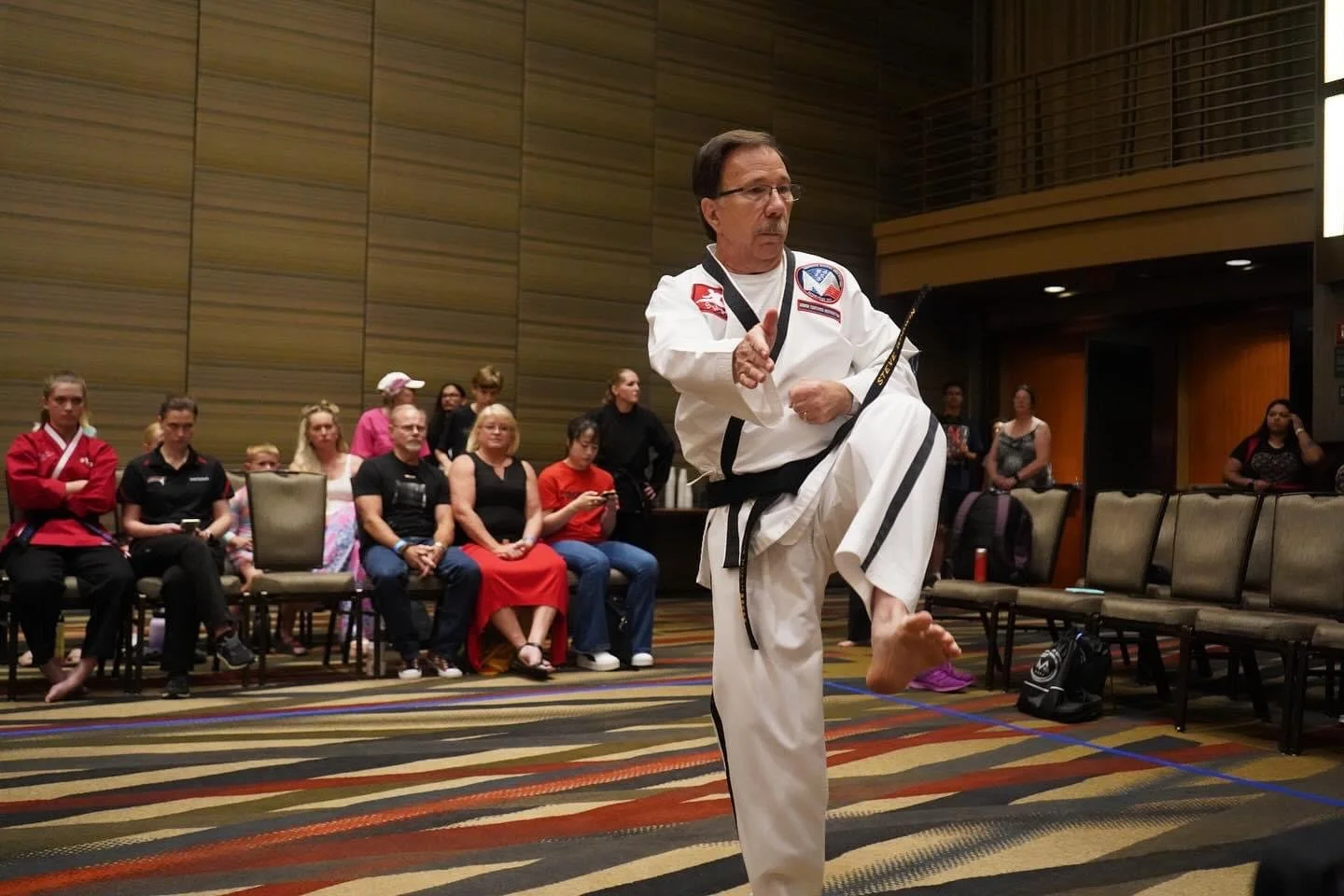The Importance of Learning Forms in Martial Arts
In the world of martial arts, the term "forms" refers to structured sequences of movements that practitioners learn and practice. Often called “kata” in traditional disciplines like karate, or “hyung” in taekwondo, these forms are much more than mere routines. They are foundational elements that serve a variety of purposes, enhancing both the physical and mental aspects of martial arts training. Here’s why learning forms is vital for martial artists of all levels.
1. Fundamental Skill Development
Forms provide a structured way to practice essential techniques. They help practitioners develop core skills such as stances, strikes, blocks, and footwork. By repeating these movements in a controlled manner, martial artists refine their technique, ensuring that they build a solid foundation for more advanced skills.
2. Muscle Memory and Coordination
Repetition of forms helps create muscle memory, allowing movements to become instinctive over time. This is crucial in martial arts, where quick reactions are often needed. Practicing forms also enhances coordination and balance, enabling practitioners to move fluidly and efficiently during sparring or self-defense scenarios.
3. Understanding Movement Principles
Forms are designed to teach underlying principles of movement, such as timing, distance, and body mechanics. Through the practice of forms, martial artists learn how to generate power, maintain balance, and execute techniques effectively. These principles are essential for applying techniques in real-world situations.
4. Mental Focus and Discipline
Learning forms requires concentration and discipline. Practitioners must memorize sequences, pay attention to detail, and maintain a mindful approach during practice. This mental engagement fosters a sense of focus that can translate to other areas of life, enhancing overall discipline and determination.
5. Cultural and Historical Significance
Many forms are steeped in the history and philosophy of martial arts. Practicing them connects students to the rich traditions of their chosen discipline, instilling respect for its origins and the masters who came before. This cultural appreciation adds depth to training and helps students understand the art’s broader context.
6. Preparation for Sparring and Real-World Application
While forms may seem abstract, they provide the building blocks for sparring and self-defense. The techniques practiced in forms can be adapted and applied in dynamic situations, helping martial artists understand how to execute movements under pressure. They serve as a rehearsal for real-life scenarios, where speed and accuracy are crucial.
7. Self-Expression and Personal Growth
Forms can also be a form of self-expression. As martial artists progress, they may begin to interpret and modify forms to reflect their unique style and understanding. This personal connection to the practice encourages creativity and fosters a sense of ownership over one’s training journey.
Conclusion
Learning forms in martial arts is an essential aspect of training that goes beyond mere repetition. It fosters skill development, enhances physical and mental discipline, and connects practitioners to the rich traditions of their art. Whether for self-defense, competition, or personal growth, mastering forms equips martial artists with the tools they need to succeed both on and off the mat. Embracing the practice of forms can lead to a deeper understanding of martial arts and a more rewarding training experience overall.





